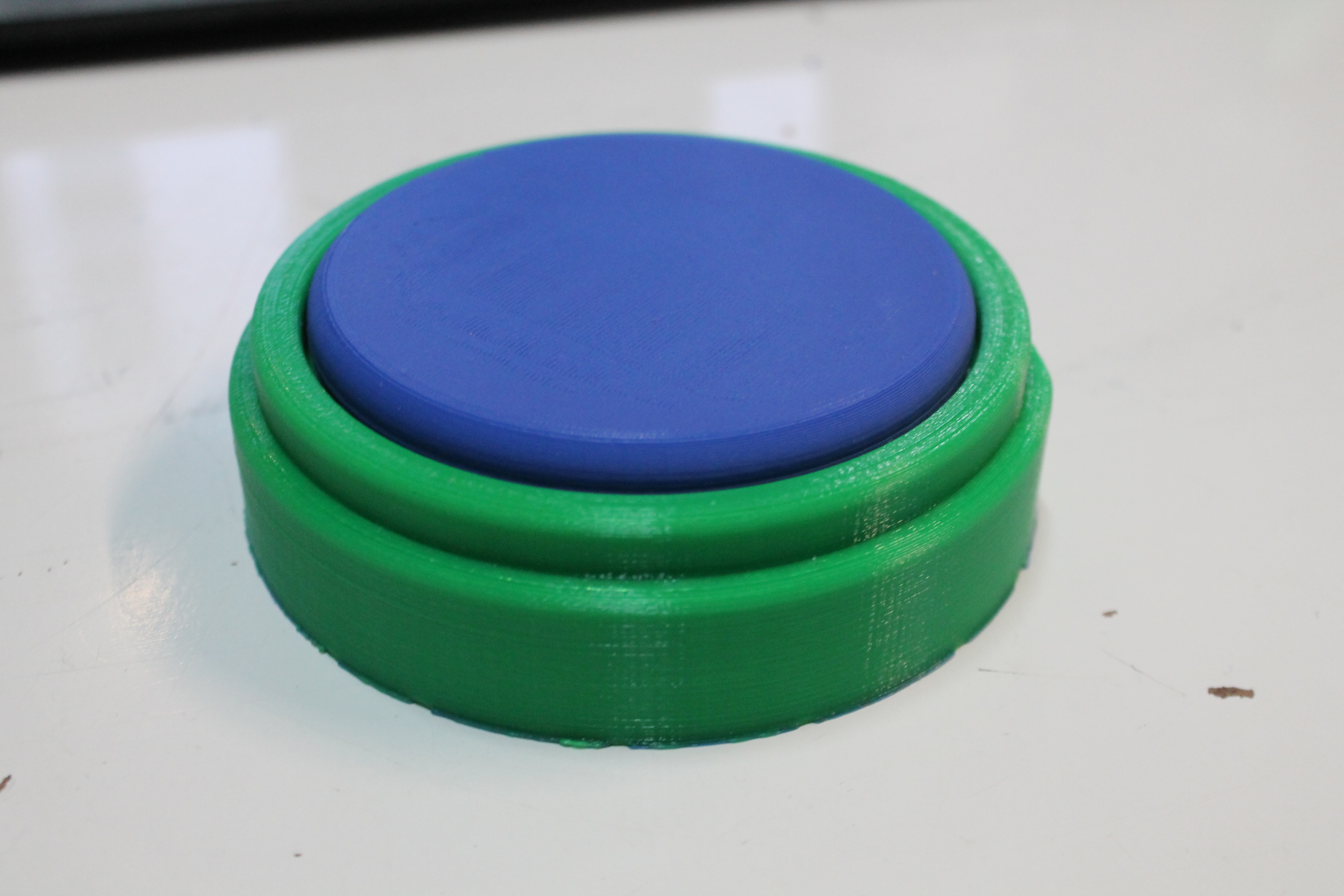3
Different tactile interfaces have been proposed to represent either text (braille) or, in a few cases, tactile large-area screens as replacements for visual displays. None of the implementations so far can be customized to match users' preferences, perceptual differences and skills. Optimal choices in these respects are still debated; we approach a solution by designing a flexible device allowing the user to choose key parameters of tactile transduction. We present here a new dynamic tactile display, a 8 × 8 matrix of plastic pins based on well-established and reliable piezoelectric technology to offer high resolution (pin gap 0.7mm) as well as tunable strength of the pins displacement, and refresh rate up to 50s−1. It can reproduce arbitrary patterns, allowing it to serve the dual purpose of providing, depending on contingent user needs, tactile rendering of non-character information, and reconfigurable braille rendering. Given the relevance of the latter functionality for the expected average user, we considered testing braille encoding by volunteers a benchmark of primary importance. Tests were performed to assess the acceptance and usability with minimal training, and to check whether the offered flexibility was indeed perceived by the subject as an added value compared to conventional braille devices. Different mappings between braille dots and actual tactile pins were implemented to match user needs. Performances of eight experienced braille readers were defined as t...


Thank you! It does work, the selection menu just didn’t appear the first time.